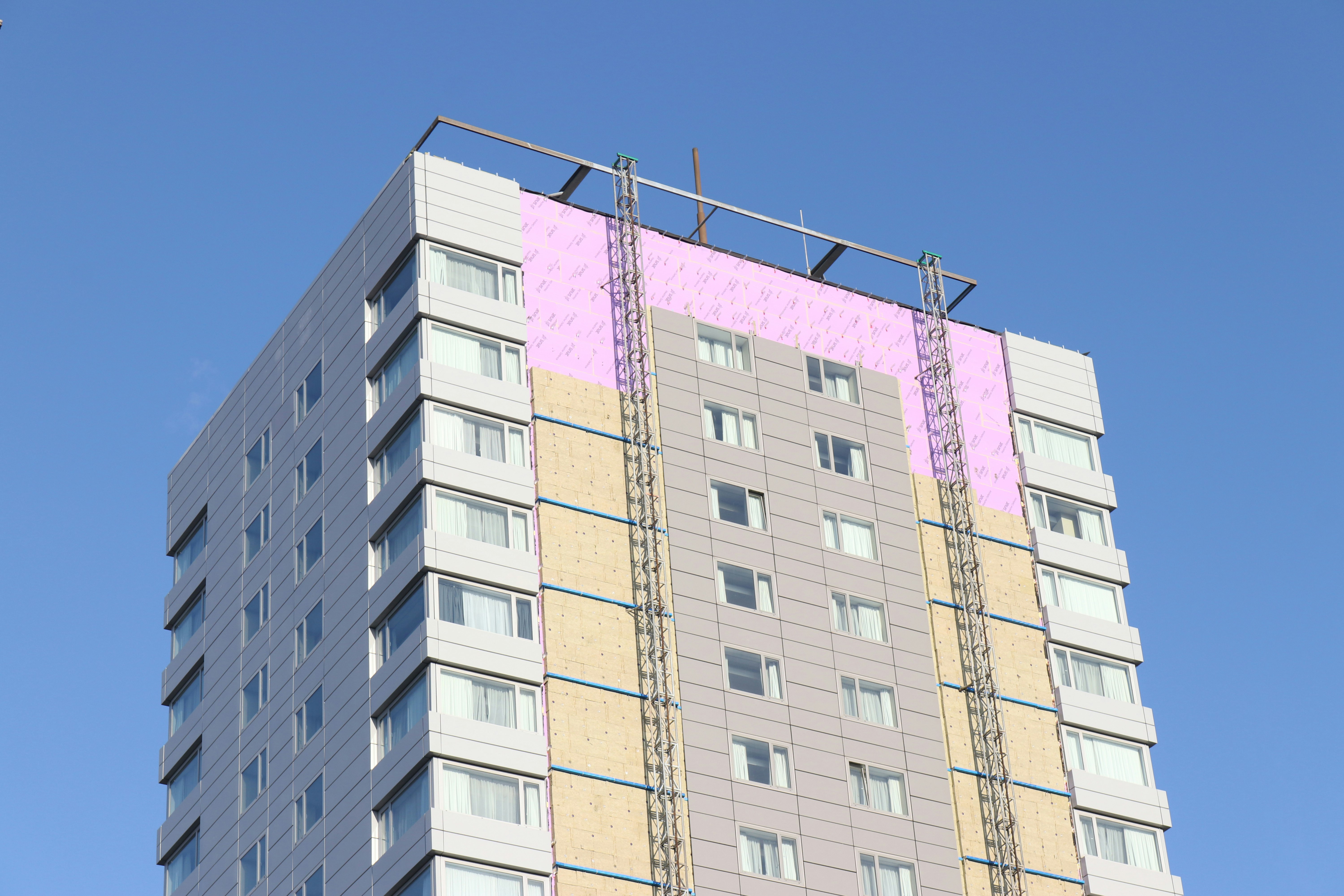The March 2018 non-seasonally adjusted rate fell in 37 states year-to-year, with a net gain of 260,000 more workers from March 2017. Overall, unemployment across the county dropped to 7.4%, the lowest March to date. “Demand for construction workers in March continued to be strong despite the usual wild spring weather in parts of the country,” said Bernard Markstein, president and chief economist of Markstein Advisors, who conducted the ABC analysis.
“Healthy demand for construction workers is most noticeable in the demand for skilled construction workers. However, recent building materials price increases, particularly for steel and aluminum, present the greatest threat to continued strong growth of construction activity and employment.”
A separate analysis from the Associated General Contractors (AGC) mirrored the ABC study, and noted that the tight labor conditions are pulling former workers back into the field. Increases in wages could be behind the jump in former employees returning to the sector with hourly earnings averaging $29.63 in April, up 3.5% from last year. That wage is 10.4% higher than nonfarm private-sector jobs, on average, which is also up 2.6% to $26.84.
“Many firms are boosting pay and taking other steps to compete for a relatively small pool of available, qualified workers to hire,” said Stephen Sandherr, AGC's chief executive officer. “While these steps appear to be luring more construction workers back to the job market, firms report they would hire even more workers if they could find enough qualified candidates.”
According to AGC, residential construction, which is comprised of specialty trade contractors and residential building, is up 4.7% from last year. Nonresidential construction, which includes specialty trades and heavy and civil engineering, jumped 7,600 jobs in April and year-over-year is up 3.1% to 131,700 jobs. Construction employers added 17,000 workers in April, its analysis reads.
Colorado and Iowa had the lowest estimated unemployment rates at 4.1%, followed closely by Nebraska, Virginia and Idaho, according to the ABC analysis. Alaska led had the highest unemployment rate in the nation for the 9th month in a row at 22.2 %. Rhode Island, West Virginia, Montana and New Mexico rounded out the rest of the bottom five states.
Construction officials have made a push at all levels of government to make recruiting easier for firms, local associations and schools. Doing so would “signal” to young people there are “multiple paths to success in life.”
“It is time to start showing more of our young adults that high-paying careers in construction should be on the list of professions they consider,” Sandherr said. “Not every student needs to amass a mountain of college debt just to be able to make mediocre wages working in a fluorescent-lit cube farm.”












